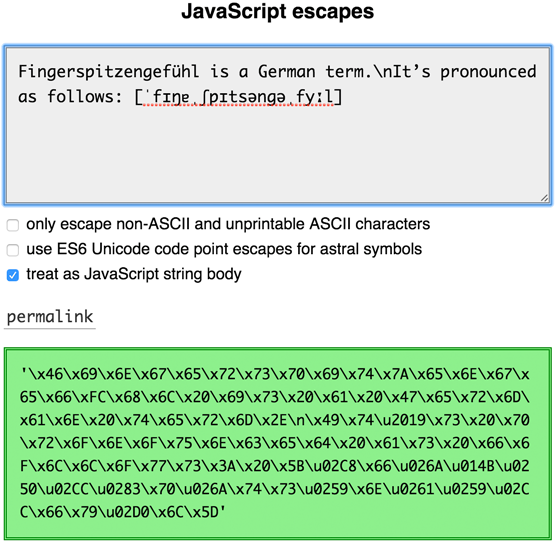

In fact wherever you press the ESC key (such as to exit insert mode), you could equivalently press Ctrl+ [ instead, that would work. You might have noticed that using Ctrl+ [ after the Ctrl+ V is also possible, that's because Ctrl+ [ is the same as ESC. Also, when moving the cursor around, it will only stop on top of the ^ and not the [, to be consistent with that being a single character. It will be displayed as ^[, but usually in a different color, to indicate it's representing a single character. So using Ctrl+ V, ESC is one way to enter this sequence. In Vim, it's usually possible to insert a literal character by preceding it with the Ctrl+ V combination. So this will also work: :s/\e\*m//gįinally, as you noticed, it's possible to insert a literal ESC character in your match.

Since ESC is a somewhat frequently used symbol, there is a special shortcut escape sequence for it: \e. The following works on Vim: :s/\%x1b\*m//gīut you can simplify it. Vim doesn't recognize \xNN C-style sequences, but it actually does recognize similar sequences with a slightly different syntax: \%xNN, so one way you can translate that ESC sequence to \%x1b. The C-style \xNN sequence recognized by sed takes the hexadecimal representation of the character, which in the case of ESC is 1B, so that's where \x1b comes from. See the manpage for ascii(7): Oct Dec Hex Char
#Linux remove ansi escape sequences using vi code
The \x1b escape sequence (which works in sed, also C source code and shells like bash) corresponds to an ESC (like the ESC key.)


 0 kommentar(er)
0 kommentar(er)
